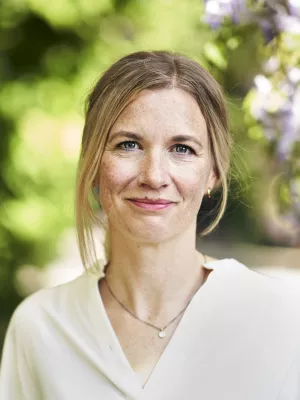
Kerstin Enflo
Professor

Urban–rural population changes and spatial inequalities in Sweden
Author
Summary, in English
This paper documents regional population changes in Sweden since 1860 and investigates how these changes link to regional economic development (regional GDP). We combine long-term decade population data for the historical counties (1860–2020) with detailed annual population observations for municipalities (1968–2021). As industrialization picked up speed, this benefited regions all around the country in terms of production, at the same time as regional population patterns started to diverge. After a slowdown in the regional GDP convergence processes during the low-growth period of the 1980s, ‘double divergence,’ in both population and regional GDP per capita, has characterized Swedish growth patterns since the 1990s.
Department/s
- Department of Economic History
- Growth, technological change, and inequality
Publishing year
2023
Language
English
Pages
878-892
Publication/Series
Regional Science Policy and Practice
Volume
15
Issue
4
Document type
Journal article
Publisher
John Wiley & Sons Inc.
Topic
- Economic History
Keywords
- population
- regional GDP
- regional growth
- spatial inequalities
- N94
- R11
Status
Published
Project
- Svensk regional utveckling och omvandling: dåtid, nutid och framtid
ISBN/ISSN/Other
- ISSN: 1757-7802